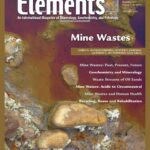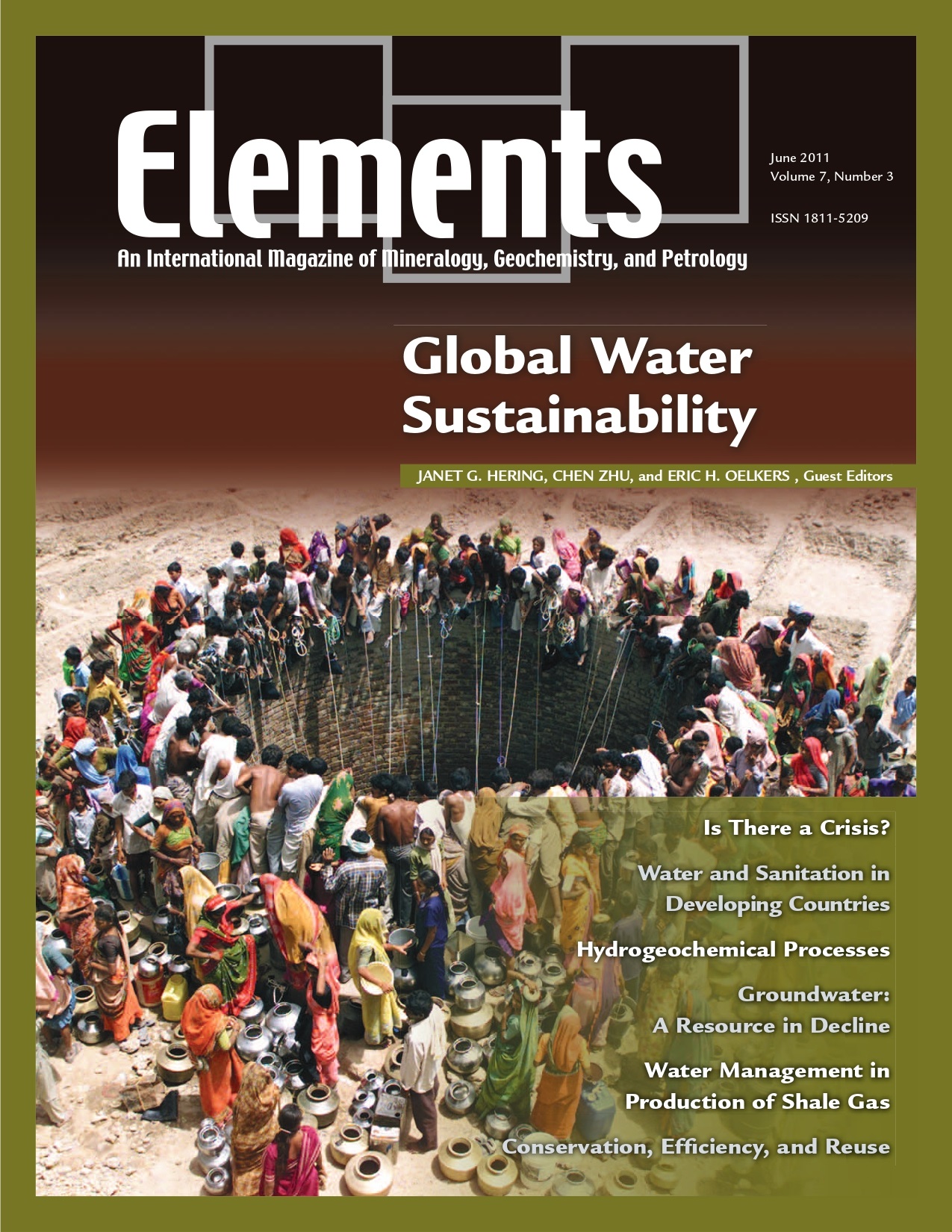
Sustainable Remediation Of Soils, December 2010, Vol. 6, No. 6
June 28, 2024
Mine Wastes, December 2011, Vol. 7, No. 6
June 28, 2024Global Water Sustainability, June 2011, Vol. 7, No. 3
$20.00
The term water resources refers to natural waters (vapor, liquid, or solid) that occur on the Earth and that are of potential use to humans. These resources include oceans, rivers, lakes, groundwater, and glaciers.
Global Water Sustainability
June 2011, Vol. 7, No. 3
The term water resources refers to natural waters (vapor, liquid, or solid) that occur on the Earth and that are of potential use to humans. These resources include oceans, rivers, lakes, groundwater, and glaciers. The Earth has plenty of water, over 1.4 × 109 km3. However, 97% of global water is saline sea water. Of the 3% that is freshwater, nearly 70% is locked in the polar icecaps and glaciers. The majority of non-glacier freshwater is groundwater (98%). Surface freshwater (rivers and lakes), which has historically served most human needs, constitutes only a small fraction of the Earth’s water resources. Water interacts with minerals, soils, sediments, and rocks, and hence studies of Earth materials have a direct bearing on water resources. Studies of the acquisition, mobility, and fate of elements and isotopes in water provide valuable sig natures for tracking water cycles at regional and global scales and are essential for the development of remediation technologies for contaminated water.
Why You’ll Love Elements Magazine:
- Expert Contributors: Articles written by renowned researchers in the field of geoscience.
- Engaging Content: Join a community of readers who are passionate about Elements.
- Exceptional Quality: Each issue is printed on high-quality paper with stunning visuals and detailed illustrations that bring complex scientific concepts to life.
Order your copy of the June 2011 issue of Elements magazine today and investigate global water sustainability.
Related products
-
Diamonds, March 2005, Vol. 1, No. 2
$20.00Diamond, the fascinating ultrahard mineral, is the focus of considerable interest and scientific research. Recent advances particularly relevant to geoscientists include: diamond as a recorder of Earth processes from the perspective of inclusions, chemistry, and conditions of formation; synthesis for research applications and processing to modify color and physical properties, important to diamond gems and anvils; the implications of nanodiamonds from meteorites.
-
Deep Earth And Mineral Physics, June 2008, Vol. 4, No. 3
$20.00The field of high-pressure mineral physics is central to our understanding of the Earth’s interior and its evolution. It is also a field that is rapidly advancing.
-
Energy: A Geoscience Perspective, June 2007, Vol. 3, No. 3
$20.00The issue of energy resources in the future may be one of the most important in the 21st century. Future climate change and the ways to abate it while still supplying needed energy will impact future political relations, world economics, human health, and the environment.




